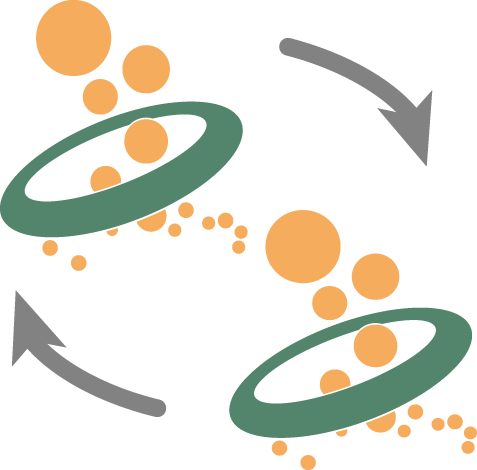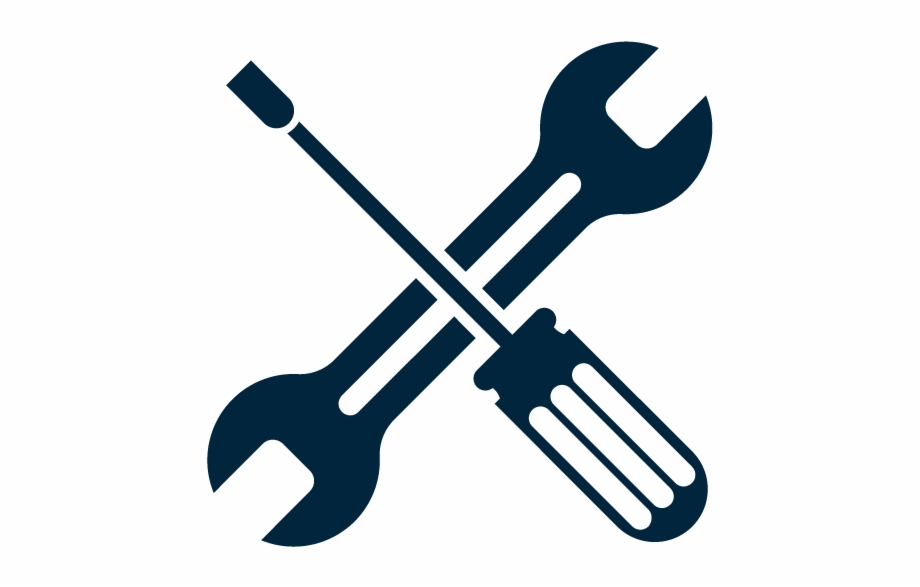High-Availability comes with some impact on your architecture choices, in particular when applied to RDBMS such as Postgres. One such impact is the idea of a failover. When implementing database HA, it is usually expected that both the service and the data are maintained available in the face of operational faults. The most common way to implement resilience includes automated (or manual) failover, where a new primary is elected among a list of standby nodes.
In other words, as soon as Postgres High-Availability is implemented, the roles of your Postgres nodes are dynamic. The fact that a given node is a primary or a standby at any given point in time ceases to be relevant to understanding your architecture. In fact, the only thing that’s now given about the role of a node is that it will change. Otherwise you don’t have failover capability, and then, you probably don’t have HA in the first place, right?
In this article we are going to try and understand what having dynamic roles for Postgres nodes in a HA system means.



